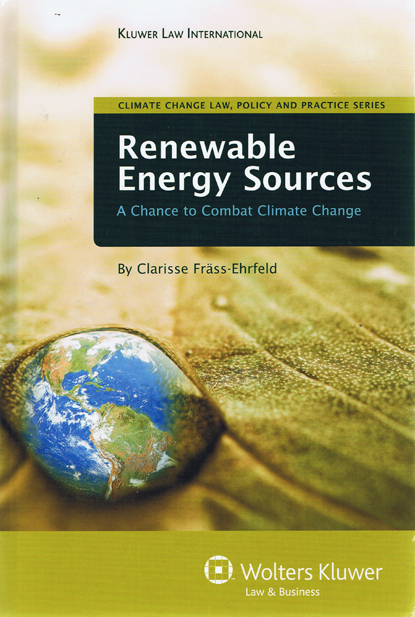We are now closed for the Christmas and New Year period, returning on Monday 5th January 2026. Orders placed during this time will be processed upon our return on 5th January.

Everybody knows that climate change is one of the greatest threats facing the planet. The costs of failure to act are becoming unthinkable. Yet we know now that if developed countries agree to cut their collective emissions by 30% by 2020, annual economic growth would be trimmed by less than 0.2% – a small price to pay to avoid the potential long-term costs of climate change. Moreover, it is easy to appreciate the positive value of other benefits such as reduced air pollution, security of energy supply at predictable prices, and improved competitiveness through innovation.
Now, for the growing number of enterprises and investors committed to combating climate change with renewable energy technologies, here at last is a minutely detailed analysis of the opportunities and obstacles involved in developing a coherent and effective business strategy. Beginning with an in-depth and up-to-date overview of what we know about the climate change issue, the author goes on to an extensive survey of Renewable Energy Sources (RES), both existing and under development. Recognizing that, in the current state of global awareness, the European Union has taken by far the largest steps in tackling the enormous problems entailed by climate change, she explores in unprecedented detail the various “green” energy incentives and support schemes available under various programs available both at EU level and in each of the 27 Member States.
Both project developers and investors will find out here exactly how to: